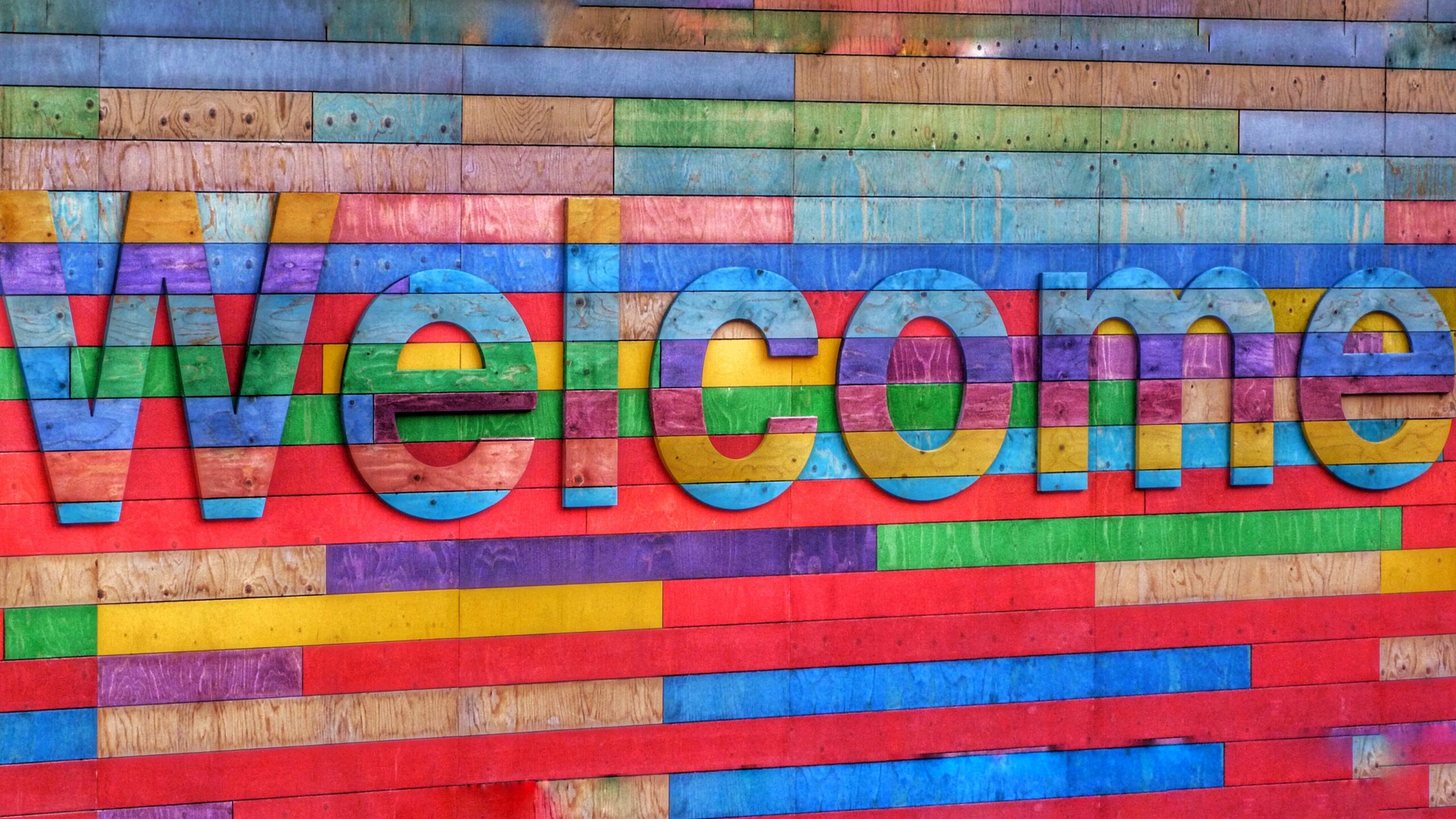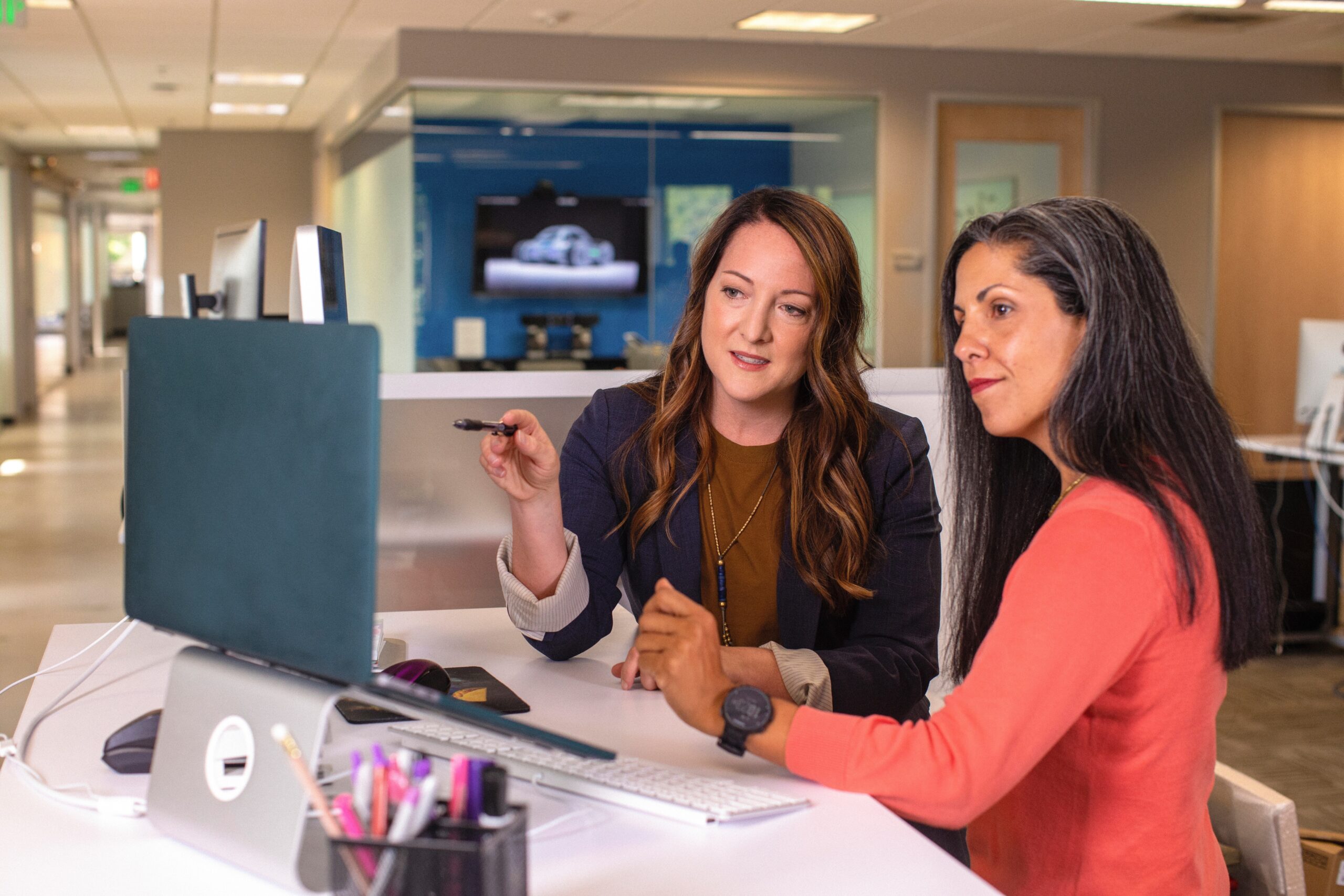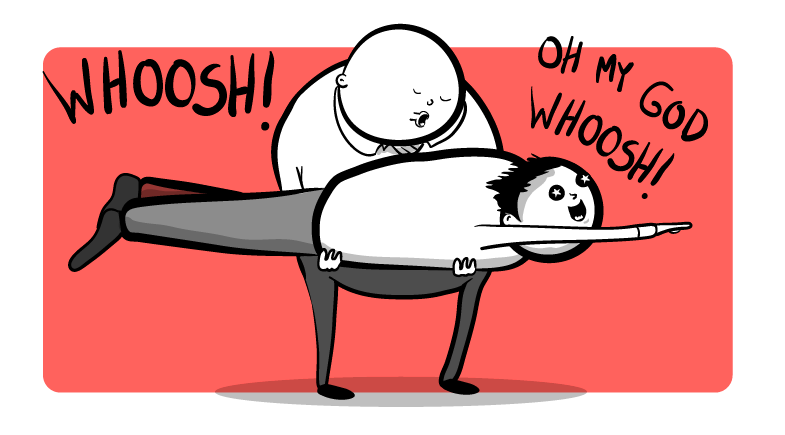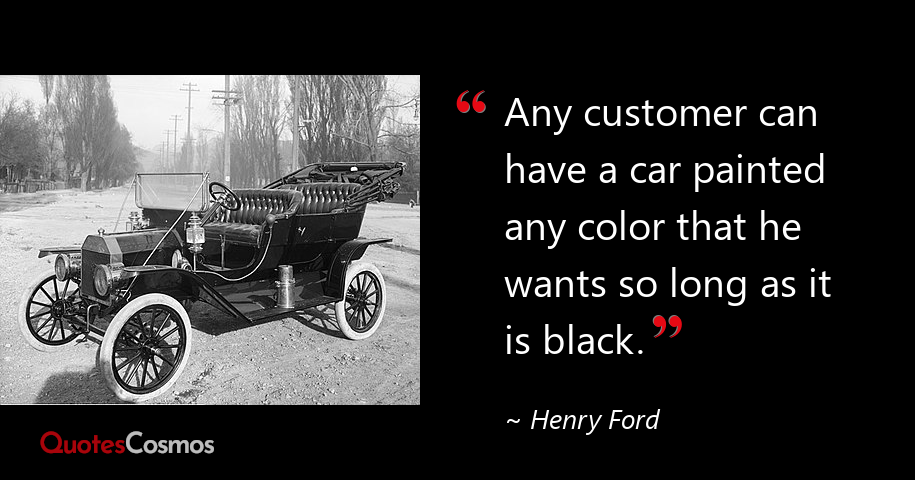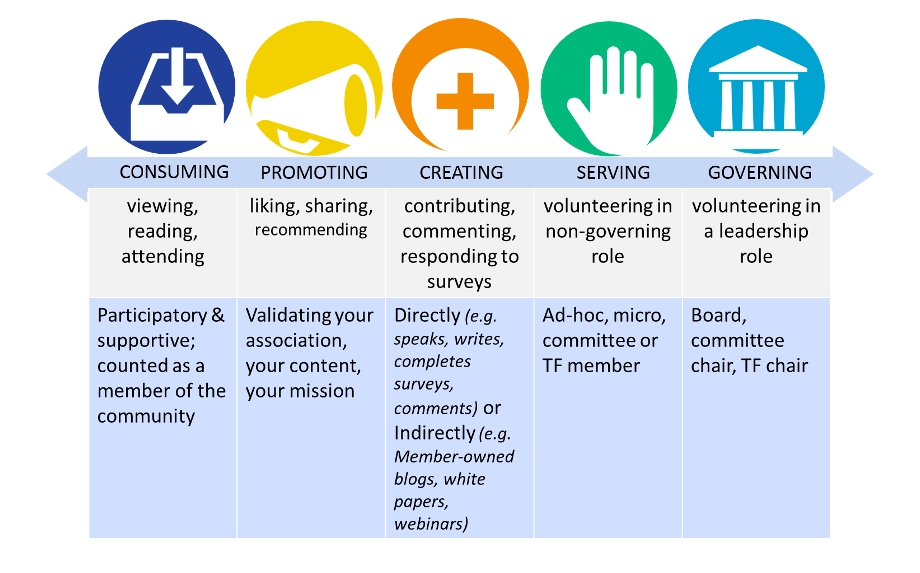In position number 8 of the top ten all time Spark blog posts: Membership 101: Effective Renewal Cycles.
(Spoiler alert: you’re going to see more of the Membership 101 series posts in the countdown.)
When I reviewed the initial post, I realized everything I wrote still holds four years later. I still walk clients through this process today in creating renewal campaigns, answering questions about goals, audience(s), offer, message, tactics/platforms, resources, schedule and responsibilities, and metrics on the way to creating our campaign plan working document, because EVERY campaign is a working document.
Why?
Ideally, you’re going to learn and adjust as you go, devoting more resources to what’s demonstrably working and reducing or eliminating what isn’t. (On a related note, this is why clients often include an implementation retainer – it’s a lot easier to stay on track and actually do real-time evaluation when you have an accountability buddy asking you about those things every week or two.)
After ten years at this (plus my MANY years as association membership staff before launching Spark), what have I learned about where things generally go wrong?
Data.
We always run into problems with data, either because we don’t have data we need (or would like) or we can’t use the data we have.
Goals: Associations may struggle to know, with any degree of precision, what their retention rate is, or has been over time. That makes it hard to set a realistic goal.
Audiences: Associations may not know much about their audience, other than that they’re the members who are currently due to renew, when it’s really useful to know how long they’ve been members (first time renewals generally need a little extra attention), what programs, products, and services they have – and haven’t – been using, where they are in their careers/lives, what their normal renewal behavior is, what platform(s) they prefer to communicate with the association on, who else might be involved in the decision to renew, etc. The more you know about your audiences, the better you can segment them and target your messaging to be most effective.
Offer: Associations may not know what persuades – it’s not always discounts – or what’s worked in the past. As an example, a client recently tried offering a drawing to get MORE of their most visible and valuable benefit (it’s a metered program) for those who renewed right at the beginning of the cycle, and we saw a HUGE bump in members who renewed off that first month’s communications, which has all sorts of compounding benefits for the rest of the cycle, not least of which is that staff has fewer slowpokes to chase later on.
Message: Likewise, associations may be unclear about who they’re trying to persuade. Is the member herself? Her boss? Her finance department? Her spouse? They may also not know what persuades – it’s not always WIIFM (what’s in it for me?). As an example, I had a client recently where the most effective message in our renewal series was one that talked about contributing to the good of the entire professional community. I know that type of messaging is supposed to be passé, but I’m here to tell you, it still works for some audiences.
Tactics: Associations may not know what platforms get the best response, aka “Just because your members are on Facebook (or Instagram or TikTok or whatever platform arises between the time I type this and when I hit “publish” in ten minutes) doesn’t necessarily mean they want to be WITH YOU on Facebook.” Another example: a lot of associations have stopped sending any type of print renewal notice, particularly since COVID with a lot of people at home rather than in an office and the association maybe not having those home addresses. And their renewal rates have dropped, because even though associations enjoy a significantly higher email open rate than pretty much any other industry, it still runs around 35%. Multichannel campaigns FTW, my friends.
And the thing is, we often don’t discover these gaps until we’re putting together the campaign or even running it, when we find we can’t easily track what’s happening in real time so we can make adjustments, because the association’s various tech systems and platforms don’t talk to each other, which makes that whole “who’s going to do what when?” conversation a little tricky, and makes measuring what happened, and documenting it so we can do better next time, even MORE tricky. But that in itself is a valuable lesson, as we now know where the gaps and problems lie and can begin addressing them by work arounds, working with vendors, or changing systems.

